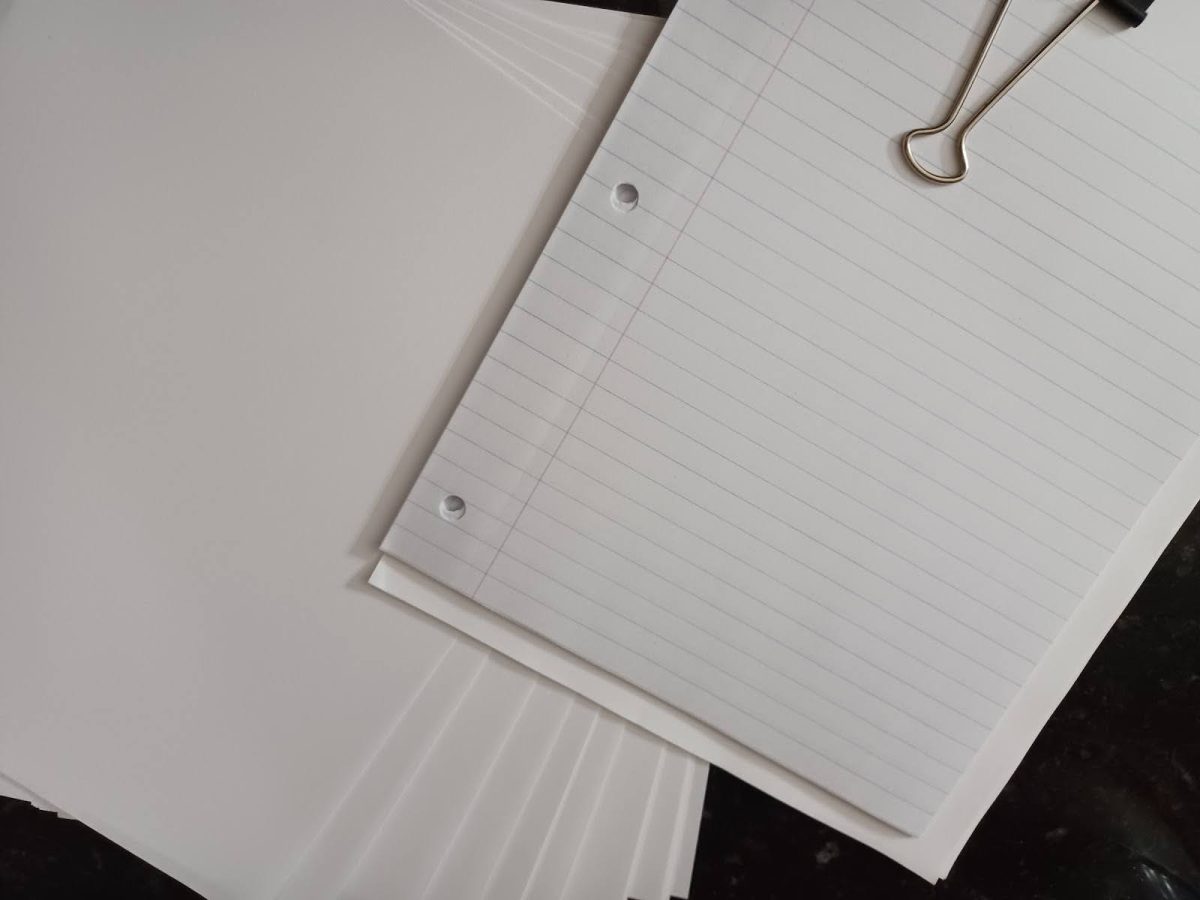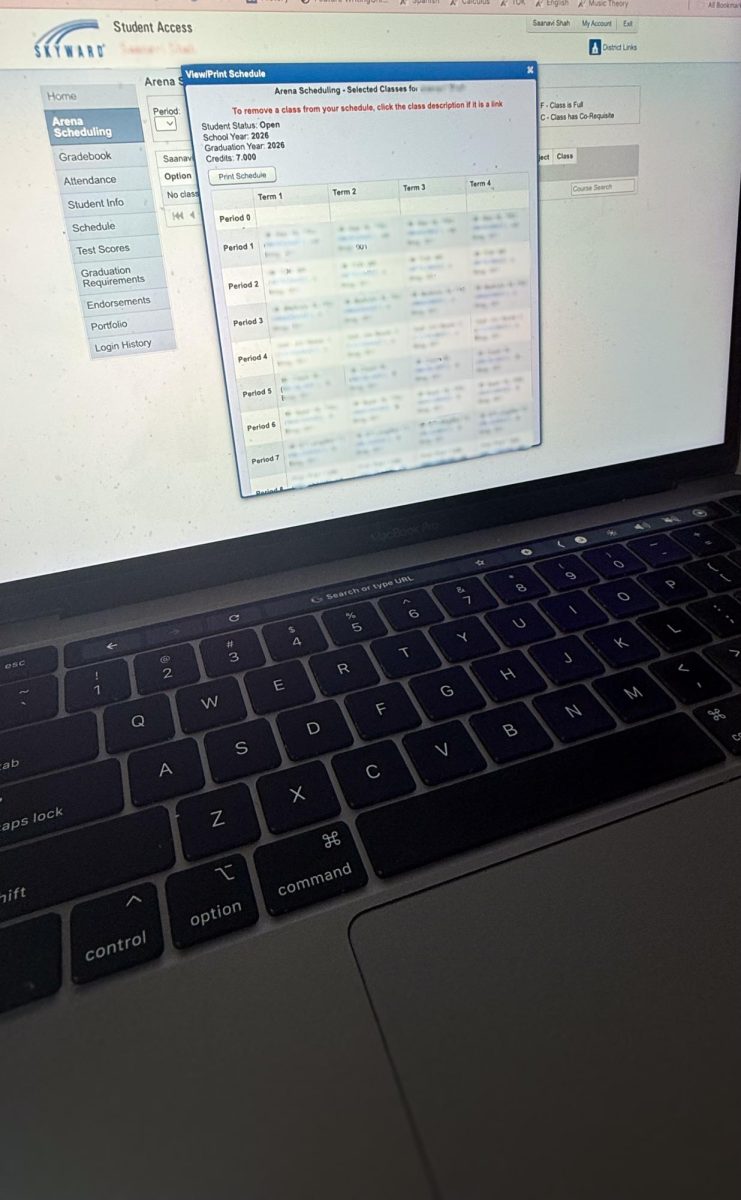Carol Bernstein, an English teacher with a decade of experience at Allen High School, is on a mission to make her classroom more sustainable.
In an effort to cut down on paper waste, Bernstein has introduced a series of innovative strategies that are not only environmentally friendly, but also foster a more interactive and efficient learning experience for her students.
“A lot of the things that we used to do on paper, they’re online [now],” Bernstein said. “After the first few weeks of school, we [did] not have any handouts. We are trying to make everything electronic.”
Despite this shift towards digital to technological resources, Bernstein recognizes the value of traditional methods.
“Because of AI, we would like you not to be on computers and do things by paper [instead],” Bernstein said. “Writing on paper is good, but it is not practical.”
Despite the convenience and cost benefits of digital resources, Bernstein said she observed a decrease in student engagement.
“[Digital assignments] reduce student engagement because it is easy to get lost,” Bernstein said.
This shift away from traditional materials can have unintended consequences. As digital tools become the norm, challenges may lie in maintaining a sense of connection and focus in the learning environment.
“Students do not need to use paper, so I think they automatically adjust,” Bernstein said. “For example, we got rid of posters that we used to do years ago.”
At Allen High School, teachers are taking steps to cut down on paper usage as part of a broader effort to be more environmentally conscious and efficient. This shift to digital tools and resource management impacts teaching methods and student experiences.
“It seems positive from an environmental perspective, and the teachers at Allen High School need to reduce their paper usage,” sophomore Tanay Shah said. “This could be achieved by assigning more online assignments, requesting that students use lined paper more efficiently, using half sheets and smaller fonts for tests, reusing paper and managing paper distribution more effectively.”
Some students are finding digital resources more useful for their studies.
“I find digital resources more helpful because they can give us more information for the lessons,” Shah said.
Administrative tasks such as grading and communication with parents have also transitioned to digital platforms, with grading comments made online and parent communication handled via phone or email.
“I like doing online assignments more than paper assignments because I find it more comfortable,” sophomore Eissa Cheema said. “At the end of the day, it is good for the environment.”







